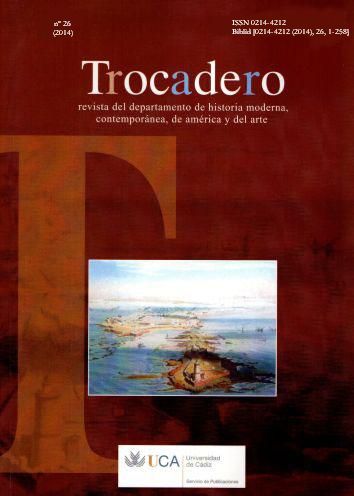Personificación e iconografía de la «mujer moderna». Sus protagonistas de principios del siglo XX en España
Abstract
: Las primeras décadas del siglo XX fueron testigo de la aparición de la «mujer moderna», fenómeno internacional al que cada país europeo denominó de manera distinta: flapper, maschietta, garçonne, etc. Claras herederas del modelo francés, las artistas españolas de estos años personificaron y reflejaron en sus obras la estética, los hábitos, las conquistas y las aspiraciones de independencia y emancipación que animaban el espíritu de las nuevas mujeres. Con ellas se fracturaron las antiguas barreras de género que no permitían el paso de la mujer de objeto a sujeto de la mirada y aparecieron nuevas posibilidades plásticas que contribuyeron a moldear la vanguardia. Mediante un estudio temático de la producción artística y de las personalidades de estas creadoras (Maruja Mallo, Ángeles Santos, Delhy Tejero o Concha Méndez, entre otras), se comprende cuál fue el alcance y el arraigo de este nuevo modelo, que puso en crisis las ideas que conformaban las definiciones, sólida y oficialmente establecidas, de género, modernidad y vanguardia.
Keywords
Downloads
How to Cite
License
Copyright (c) 2018 Begoña Barrera López

This work is licensed under a Creative Commons Attribution-NonCommercial-NoDerivatives 4.0 International License.
Authors who publish in this journal agree to the following conditions:
- The authors retain copyright and grant the journal the right of first publication, allowing third parties to use the published work as long as they mention the authorship and first publication in this journal.
- Authors may subscribe to other independent and additional contractual arrangements for non-exclusive distribution of the version of the article published in this journal (e.g., inclusion in an institutional repository or publication in a book) as long as they clearly indicate that the work was first published in this journal.
The terms of the licence can be found at the following link:
https://creativecommons.org/licenses/by-nc-nd/4.0/








